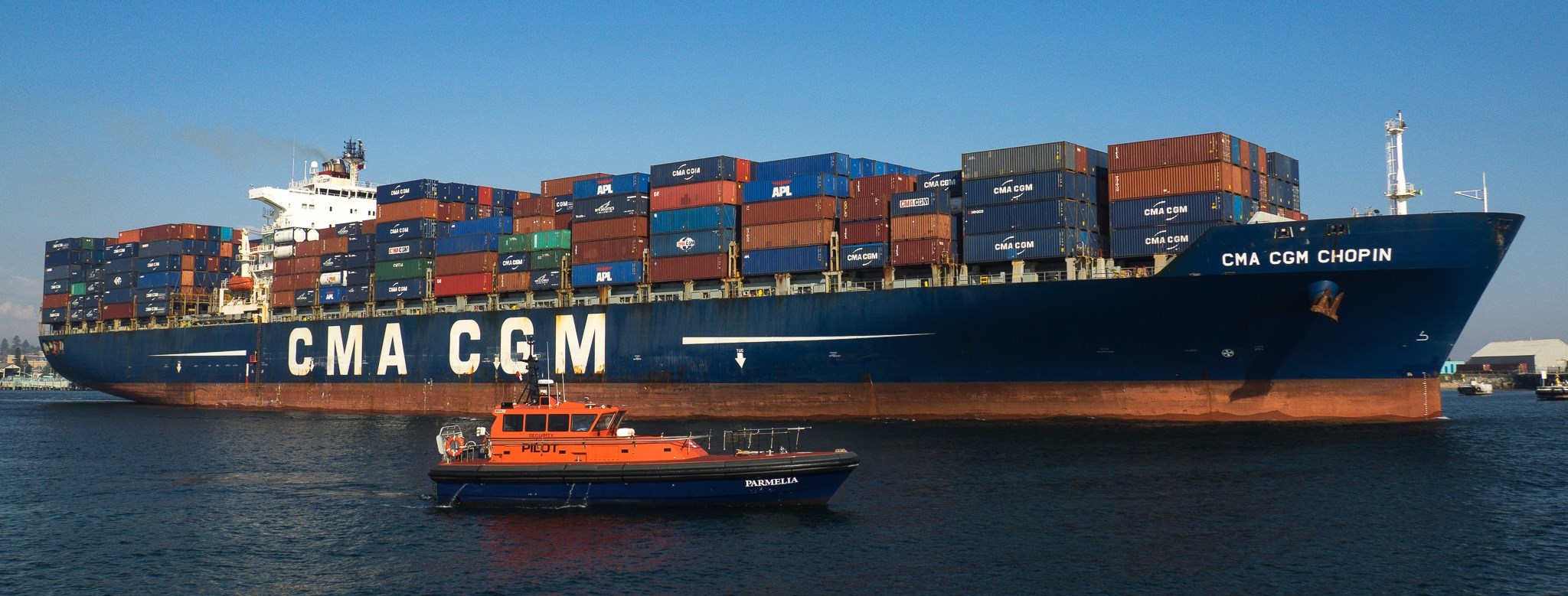
IMO’s Annual Efficiency Ratio comes in for heavy criticism
Roar Ådland, among others, fiercely criticizes the International Maritime Organization for its Annual Efficiency Ratio (AER), the key measure to define how ships fare when the Carbon Efficiency Indicator (CII) starts in just over a year.
Ships will have energy ratings from A to E, not dissimilar to household appliances, come January 1 2023. The CII is an operational requirement applicable to ships above 5,000 gt and measures the operational carbon intensity of a vessel. This translates to the carbon emissions per unit of transport work or the used mileage per year.
“The vessel that produces zero transportation work may end up having the lowest AER and the highest corresponding CII, merely because it sails in benign waters (the effect of lower ballast draft may offset this, so the outcome is not certain),” Ådland wrote, suggesting that the excuse is the IMO data collection system does not collect the cargo data necessary to calculate the true emissions per tonne mile.
“The emissions from a vessel are, to a very large extent, a derivative of its external environment and commercial decisions outside the control of the shipowner,” Adland wrote, adding: “Differences in emissions due to technology are secondary.”
“Any environmental legislation that neither encourages operational efficiency nor controls for sailing conditions is a bad piece of legislation. It could even make things worse by allowing the industry to point to such meaningless measures and say ‘Look, we are doing something!’ and proceed to rest on its laurels,” Ådland stated, in a post on LinkedIn covered by Splash247.com on 17 December, 2021.
